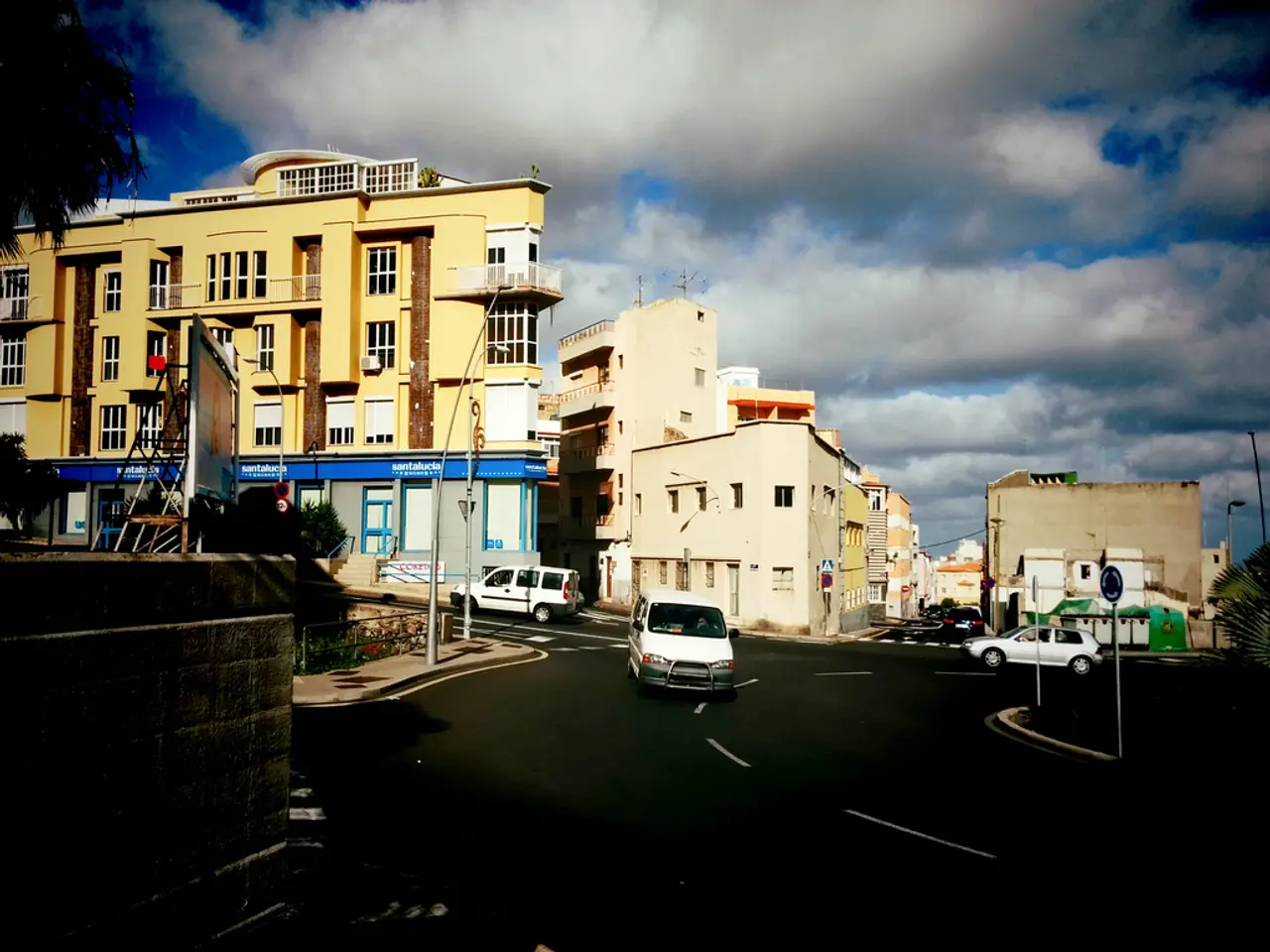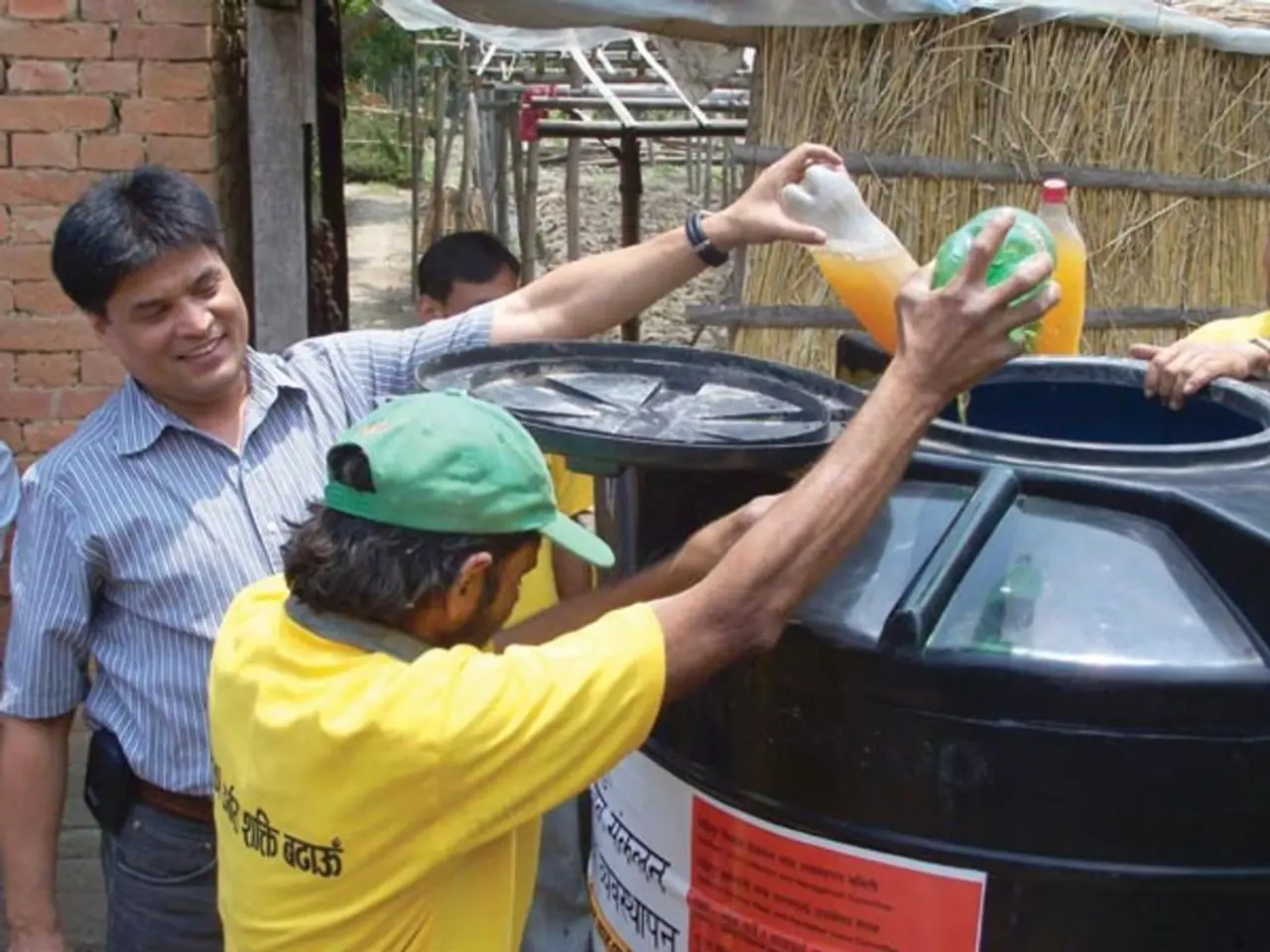Volcano in Russia Springs to Life Following 450-Year Layoff, Shortly After Kamchatka Earthquake Event
In the Eastern part of Russia, the Kamchatka Peninsula has recently been hit by a series of seismic and volcanic events. The region, known for its geological activity, has seen six volcanoes erupt, including Klyuchevskaya and Krasheninnikov, following a powerful 8.8 magnitude earthquake near Petropavlovsk-Kamchatsky.
Klyuchevskaya, the tallest active volcano across Europe and Asia, has shown signs of unrest prior to the earthquake, but the recent eruptions seem to have been intensified rather than directly initiated by the seismic activity. The Krasheninnikov volcano, which last erupted in 1550, also erupted on Sunday, sending ash plumes as high as 6,000 meters.
The Global Volcanism Program has recorded the eruptions from Klyuchevskoy, while authorities in Russia have confirmed that the ash from Krasheninnikov is drifting eastward toward the Pacific Ocean. Fortunately, no ash has been reported in residential zones, and the plume's trajectory does not interfere with populated areas.
The ash plume from Krasheninnikov has led to an "orange" aviation alert, indicating a potential hazard for flights in the region. The recent eruptions of both Krasheninnikov and Klyuchevskoy volcanoes are closely related to the region's seismic activity, but experts suggest the relationship is complex and not a straightforward cause-effect trigger.
The earthquake may have affected volcanic activity by changing the stress state in the crust, but the exact mechanisms and the extent of triggering remain uncertain due to the complex interplay between seismic and magmatic processes. Aftershock forecasts predict ongoing seismic activity for weeks, which may influence volcanic unrest, but the eruptive activity does not represent an extraordinary event beyond typical patterns for Kamchatka.
In the port town of Severo-Kurilsk, Russia, the tsunami caused by the earthquake caused damage, with high waves disturbing the fishing facility. However, the region's volcanic activity has not affected residential zones, and authorities are closely monitoring the situation.
[1] Volcanologists and geologists are monitoring the region's tectonic unrest due to the close timing of the eruptions and the seismic activity. [2] At least 18 eruptions from Klyuchevskoy have occurred since the year 2000. [3] This is the first eruption of the Krasheninnikov volcano since 1550.
- The current seismic and volcanic activities in Kamchatka Peninsula have sparked interest within the scientific community, specifically in the fields of environmental-science, space-and-astronomy, and weather, as these events may provide valuable insights into the intricate relationship between tectonic activity, volcanism, and climate patterns.
- While sports enthusiasts get wrapped up in athletic competitions, researchers in environmental-science and space-and-astronomy are paying close attention to the latest eruptions in Kamchatka Peninsula, as they could provide clues to the complex interactions between geological processes and the Earth's environment.








